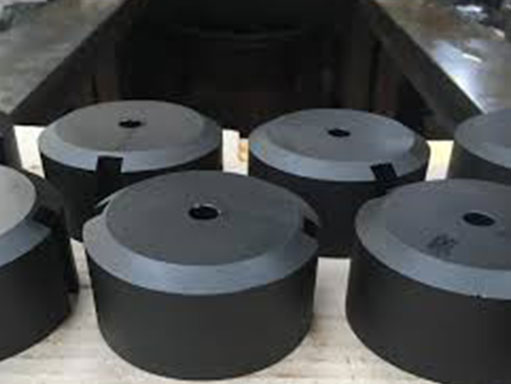Phosphating
In most operations where the corrosion resistance of finished work pieces must be especially high, conversion coatings are applied using zinc phosphate . This approach is widely used in the automotive industry and in certain sectors of the appliance and electronics industries. Similarly, zinc phosphating is often specified by the armed services, especially for equipment that may be exposed to severe environments. Moreover, many operations using electrocoating or powder coatings, particularly when a one-coat finish will be exposed to the weather, pretreat workpieces with zinc phosphate.
TECHNICAL APPLICATIONS OF ZINC PHOSPHATING:
- Zinc Phosphating Prior to Powder Coating
- Zinc Phosphating Prior to Oiling / Lubricating
- Zinc Phosphating Prior to Wire Drawing
- Zinc Phosphating Prior to Tube Drawing
MMERSION PROCESS
In the immersion mode, zinc and alkali metal phosphating systems do not greatly differ from one other. The individual steps, as normally carried out are ;
1. Cleaning stage ; Temperature (°C): 55-95 Time (min) : 5-10
2. Water rinse ; Temperature (°C): 15-30 Time (min) : 0.5-1.5
3. Activation ; Temperature (°C): 20-40 Time (min) : 0.5-1.5
4. Phosphating ; Temperature (°C): 40-60 Time (min) : 3-10
5. Water rinse ; Temperature (°C): 15-30 Time (min) : 0.5-1.5
6. Post-rinse ; Temperature (°C): 20-40 Time (min) : 0.5-1.5
Cleaning is usually based on alkaline or strongly alkaline solutions in the concentration range 1-5%, and pH 10-13. Compared to the cleaners used in the spray mode, the cleaners used for immersion contain larger amounts of silicate and sodium hydroxide. The surfactants used often include the strongly-foaming anionic types, usually mixed with non-ionic types.
Activation is mandatory for zinc phosphating and in its absence, because of the relatively high pH values involved, a thick and coarse-crystalline coating is formed which is quite unsuited of subsequent painting. Conditions for the rinse, post-rinse and drying stages differ little from spray phosphating.
SPRAY PROCESS
In case of spray phosphating, major differences are found in the process sequences for zinc phosphating and alkali metal phosphating systems. Zinc phosphating lines are normally based on 5-stage to 6-stage plants. They differ little in the pre-phosphating stages. The 5-stage type includes a rinse between cleaning and phosphating steps. In the case of the 6-stage type, there are either two cleaning and one rinse stages or one cleaning and two rinsing steps.
- Cleaning ; Temperature (°C): 40-60 Pressure (bar): 1-2.5 Time (min): 2-2.5
- Water rinse ; Temperature (°C): 15-30 Pressure (bar): 0.7-1.5 Time (min): 0.5-0.7
- Activation ; Temperature (°C): 15-30 Pressure (bar): 0.7-1.5 Time (min): 0.5-0.7
- Phosphating ; Temperature (°C): 40-60 Pressure (bar): 1-2 Time (min): 2-2.5
- Water rinse ; Temperature (°C): 15-30 Pressure (bar): 0.7-1.5 Time (min): 0.5-0.7
- Passivation ; Temperature (°C): 20-40 Pressure (bar): 0.7-1.5 Time (min): 0.5-0.7
The cleaning stage is usually based on weakly alkaline products based on alkali phosphates, alkali carbonates or borates, low-foaming surfactants and alkali silicates. To these, further compounds such as titanium orthophosphates may be added to increase the rate of the phosphating process and facilitate formation of uniform finely-crystalline coatings.
It is normal to dry phosphated work before the application of conventional paints and in the case of anodic electro coating paint, it is highly recommended. Circulating air ovens, operating at 120-180 °C with a drying time of 5-15 minutes are typically used for such drying.
In 4-stage plants the concentrations in the first bath run from 3-10 g/l, somewhat higher (5-15 g/l) in the second bath. The rinse and post-rinse stages are operated on the same basis as normal zinc phosphating systems.

